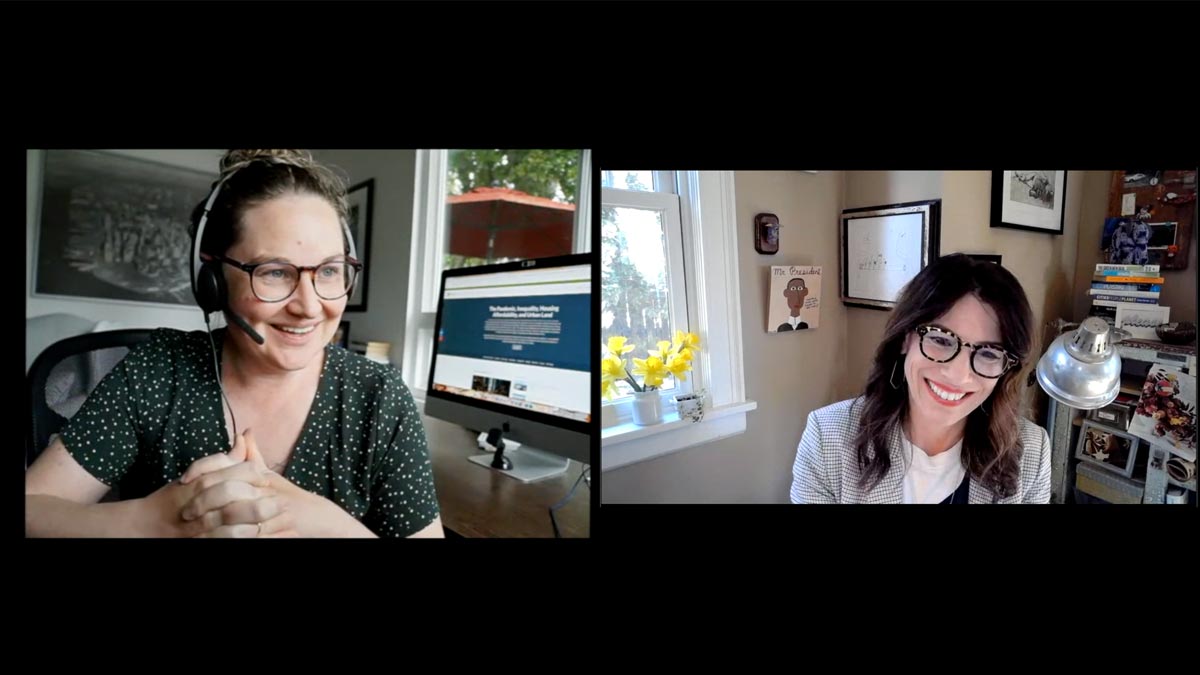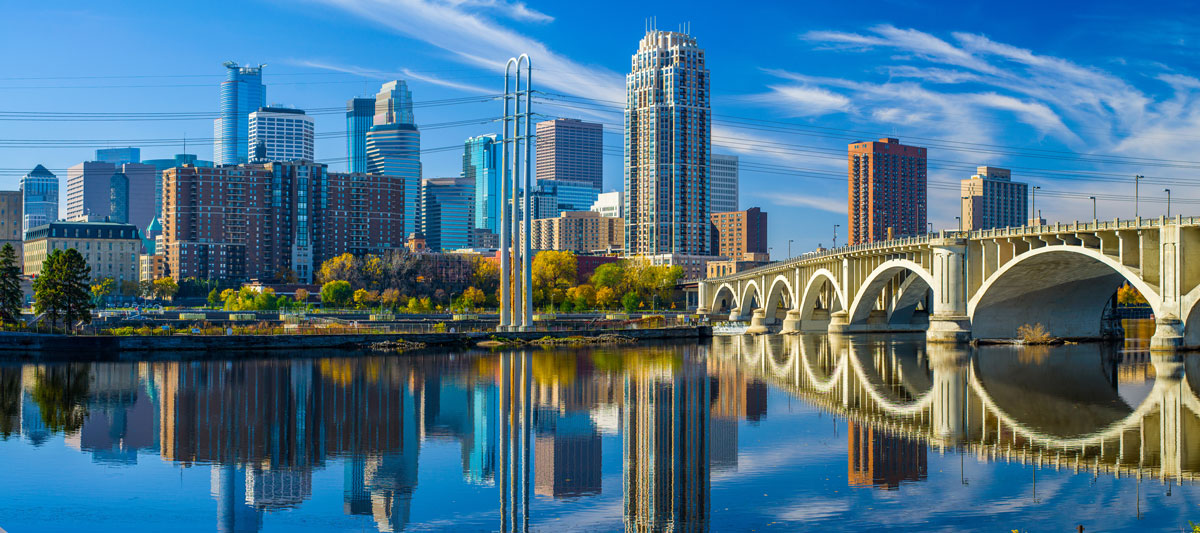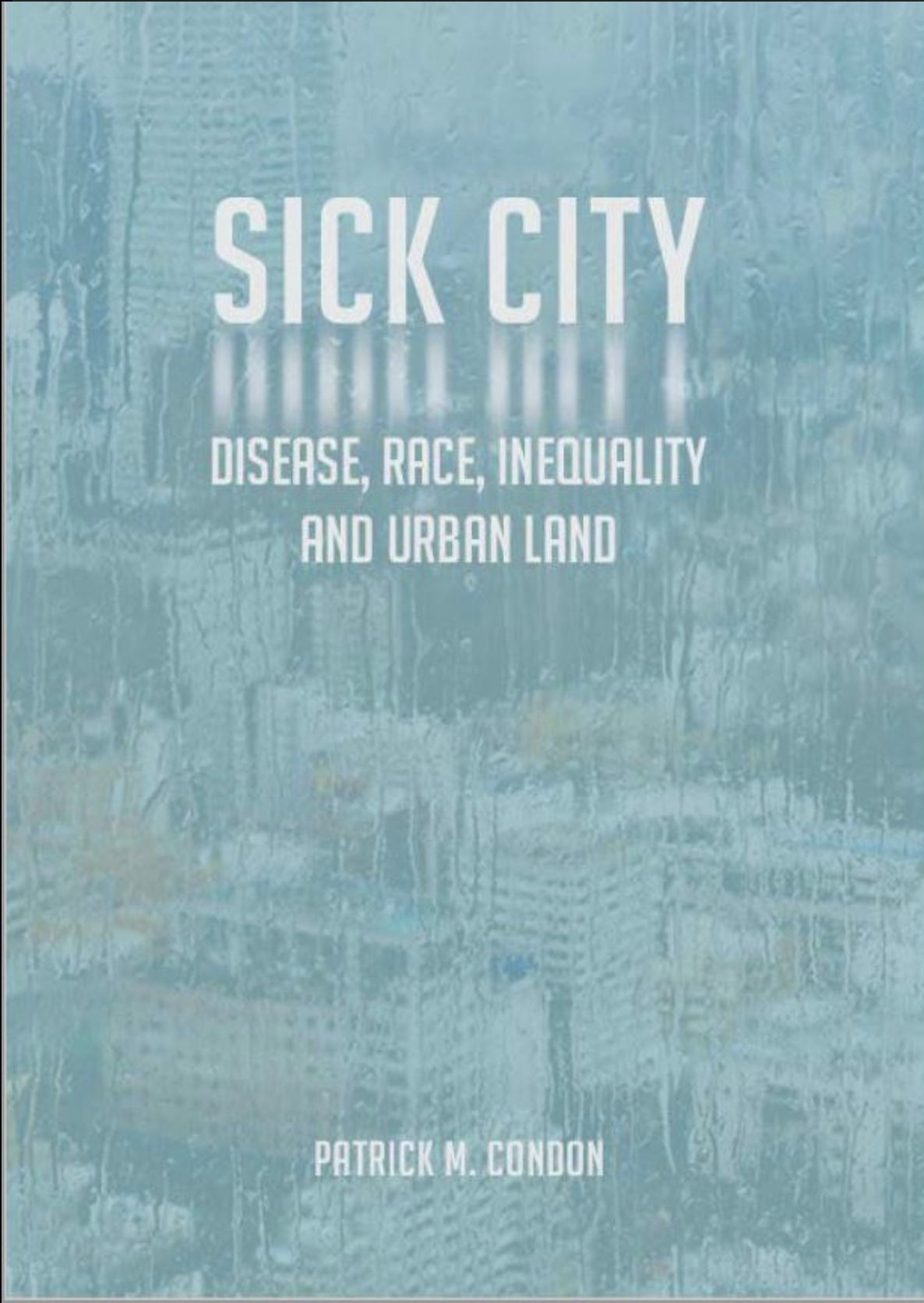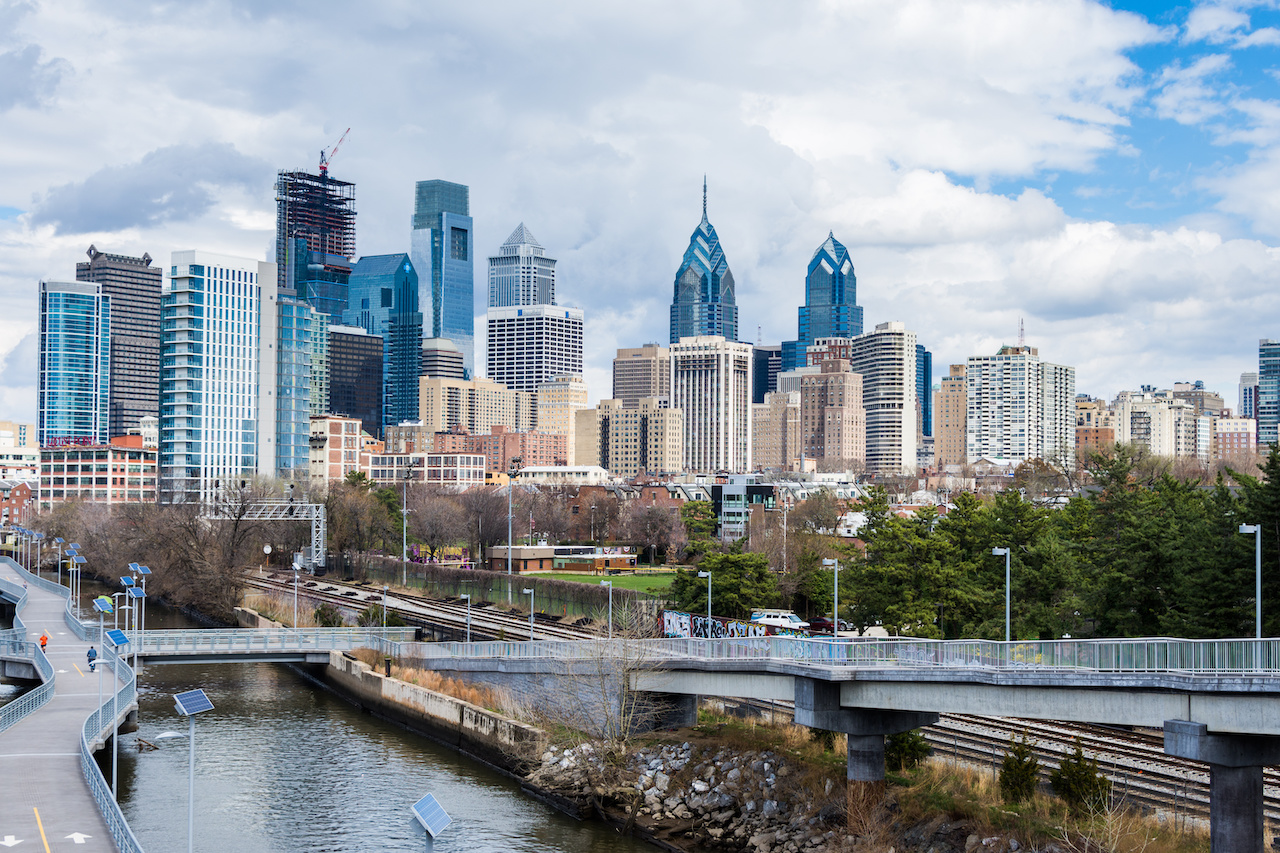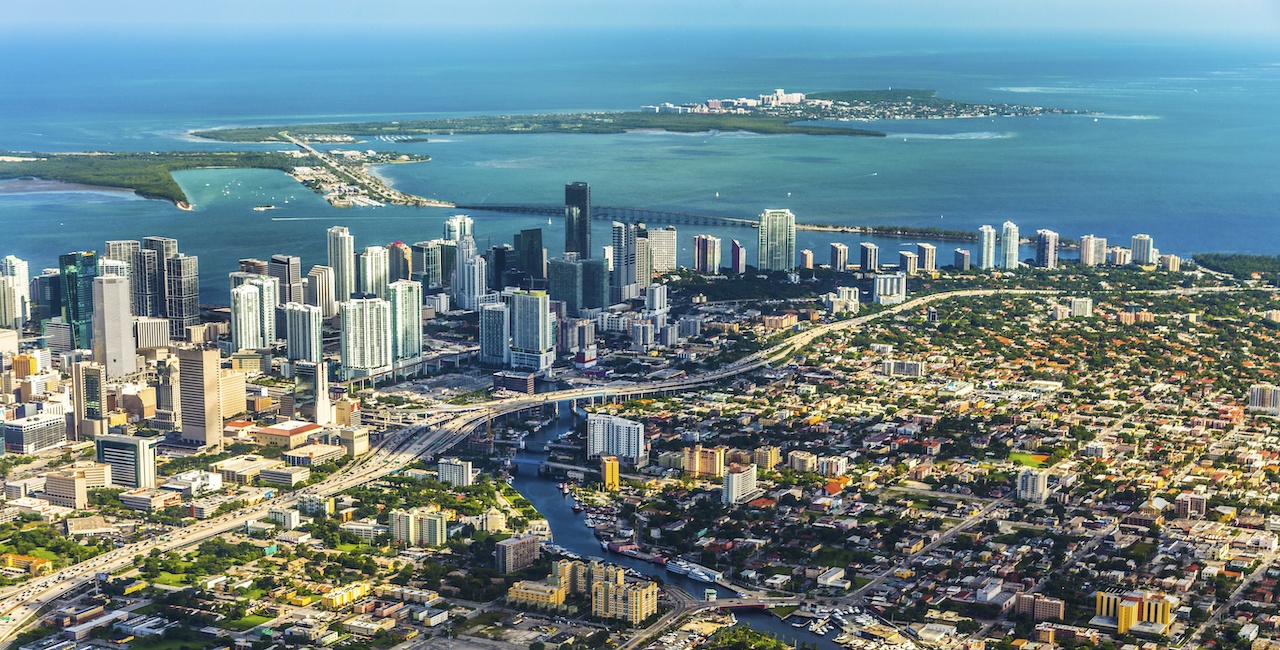Smart Cities
Pitching Your Place of the Future to Next Gen Talent
Why one city decays and another thrives can sometimes seem random. So, trying to foresee downrange why the future will happen in City A and not City B is hard. Moreover, to imagine that there is one formula that all 7.8 billion of us should adhere to, wherever it is we live, is clearly nonsensical.
In our work, we study, research, and rank places to determine what the best practices are to increase economic prosperity, social equity, and quality of life. Ultimately, the question we want to answer is: What is it that makes a city a place of the future? In our research, one thing has become clear to us: next-gen talent is the fuel for the future of place. And by extension, jobs of the future will happen in places of the future.
Digital Twins, Geospatial AI Help Bridge the Physical World and Digital World
Digital twins and AI analysis would offer significant benefits to organizations across all sectors. By providing a comprehensive look at a geographical area and its infrastructure and assets, these technologies will enable smarter and more targeted field planning optimization. It could help digitize field surveys, offer new levels of remote engineering access, and enable contact tracing around COVID-19.
The focus will continue to shift away from the data itself and towards its relationships. The connections between data are where the most powerful insights lie. With enough data points, organizations can look to analytics to better understand the context and “see” the future.
AI at scale and emerging data technologies truly illustrate this connectivity and potential. Although it’s an emerging field, the benefits are limitless.
Taking a Look into Our Adaptation Blind Spots
In my business, we’d rather not be right. What gets a climate change expert out of bed in the morning is the desire to provide decision-makers with the best available science, and at the end of the day we go to bed hoping things won’t actually get as bad as our science tells us. That’s true whether you’re a physical or a social scientist.
Well, I’m one of the latter and Meeting of the Minds thought it would be valuable to republish an article I penned in January 2020. In that ancient past, only the most studious of news observers had heard of a virus in Wuhan, China, that was causing a lethal disease. Two months later we were in lockdown, all over the world, and while things have improved a lot in the US since November 2020, in many cities and nations around the world this is not the case. India is living through a COVID nightmare of untold proportions as we speak, and many nations have gone through wave after wave of this pandemic. The end is not in sight. It is not over. Not by a longshot.
And while the pandemic is raging, sea level continues to rise, heatwaves are killing people in one hemisphere or the other, droughts have devastated farmers, floods sent people fleeing to disaster shelters that are not the save havens we once thought them to be, wildfires consumed forests and all too many homes, and emissions dipped temporarily only to shoot up again as we try to go “back to normal.”
So, I’ll say another one of those things I wish I’ll be wrong about, but probably won’t: there is no “back to normal.” Not with climate change in an interdependent world.
Bleutech Park: Vegas’ New Eco Entertainment Park
I caught up with Steph Stoppenhagen from Black & Veatch the other day about their work on critical infrastructure in Las Vegas. In particular, we talked about the new Bleutech Park project which touts itself as an eco-entertainment park. They are deploying new technologies and materials to integrate water, energy, mobility, housing, and climate-smart solutions as they anticipate full-time residents and park visitors. Hear more from Steph about this new $7.5B high-tech biome in the desert.
Urban Simulation Tech Models Effects of Shared Mobility in Reducing Congestion
Planning for new, shared modes of transit that will rival private vehicles in access and convenience requires a paradigm shift in the planning process. Rather than using traditional methods, we need to capture individual behavior while interacting with the systems in questions. An increasing number of studies show that combining agent-based simulation with activity-based travel demand modeling is a good approach. This approach creates a digital twin of the population of the city, with similar characteristics as their real-world counterparts. These synthetic individuals have activities to perform through the course of the day, and need to make mobility decisions to travel between activity locations. The entire transportation infrastructure of the city is replicated on a virtual platform that simulates real life scenarios. If individual behavior and the governing laws of the digital reality are accurately reproduced, large-scale mobility demand emerges from the bottom-up, reflecting the real-world incidences.
No Equity, No Resilience: Minneapolis is All of Us
This article was originally published on September 8, 2020.
Update for April 20, 2021:
After the murder of George Floyd we wrote this article as a kind of blueprint, a beginning to a new way of working with equitable resilience in our cities and beyond. Now, as the trial of Derek Chauvin comes to a guilty verdict in Minneapolis and the whole country reflects on the legacy of that verdict, we have to remember another senseless murder – another young Black man, Daunte Wright, at the hands of law enforcement, just miles from the courthouse. Again, Minneapolis is all of us. We have protested, we have voted. We stood up, we spoke out, we have raged about the anti-Black racism. We have seen people come together, we can feel a shift in this country. But there is so much more to do. No equity, no resilience.
-Ron & Stewart
How Affordable Green Housing Enhances Cities
Housing that is affordable to low-income residents is often substandard and suffering from deferred maintenance, exposing residents to poor air quality and high energy bills. This situation can exacerbate asthma and other respiratory health issues, and siphon scarce dollars from higher value items like more nutritious food, health care, or education. Providing safe, decent, affordable, and healthy housing is one way to address historic inequities in community investment. Engaging with affordable housing and other types of community benefit projects is an important first step toward fully integrating equity into the green building process. In creating a framework for going deeper on equity, our new book, the Blueprint for Affordable Housing (Island Press 2020), starts with the Convention on Human Rights and the fundamental right to housing.
The Pandemic, Inequality, Housing Affordability, and Urban Land
Since the Great Recession of 2008, the housing wealth gap has expanded to include not just Black and Brown Americans, but younger White Americans as well. Millennials and Generation Z Whites are now joining their Black and Brown peers in facing untenable housing precarity and blocked access to wealth. With wages stuck at 1980 levels and housing prices at least double (in inflation adjusted terms) what they were 40 years ago, many younger Americans, most with college degrees, are giving up on buying a home and even struggle to rent apartments suitable for raising a family.
What makes it hard for policy people and citizens to accept this truth is that we have not seen this problem in a very long time. Back in the 1920s of course, but not really since then. But this is actually an old problem that has come back to haunt us; a problem first articulated by Adam Smith in the 1700s.
Multi-modal Transit and the Public Realm
More than ever, urban transit services are in need of sustainable and affordable solutions to better serve all members of our diverse communities, not least among them, those that are traditionally car-dependent. New mobility technologies can be a potential resource for local transit agencies to augment multi-modal connectivity across existing transit infrastructures.
We envision a new decentralized and distributed model that provides multi-modal access through nimble and flexible multi-modal Transit Districts, rather than through traditional, centralized, and often too expensive Multi-modal Transit Hubs. Working in collaboration with existing agencies, new micro-mobility technologies could provide greater and seamless access to existing transit infrastructure, while maximizing the potential of the public realm, creating an experience that many could enjoy beyond just catching the next bus or finding a scooter. So how would we go about it?
Cross Sectoral Partnerships Can Fight Human Trafficking
Dedicated anti-trafficking actors across the nation are trying to build better systems in big jurisdictions like New York, San Francisco, and Los Angeles, and in smaller but scrappy jurisdictions like Waco, Texas and Boaz, Alabama. They all share the same need, for stronger interconnectedness as an anti-trafficking field, and more collaboration.
The Forging Freedom Portal is a one-stop shop where a police officer planning a victim-centered operation can connect with their law enforcement counterparts, and the right service providers ahead of time, collaborating to make sure they’re planning for the language skills, social services, and legal support that victims may need. The portal is a place where the people who care most about ending human trafficking, who are doing the hard work every day on the ground, can learn from each other and share best practices to raise the collective standard of this work.
Balancing Mobility and Safety at Intersections
Maximizing both the mobility and safety of road users at urban and suburban intersections is of utmost importance to city leaders and citizens today. Trends such as micromobility, connected and automated vehicles, and an explosion of available data, coupled with increasing numbers of bikes and pedestrians on our streets, result in both challenges and opportunities.
The increasing ability to provide intersection connectivity, edge computing and cloud storage, along with growing tool sets, such as Signal Performance Measures (SPM) and advanced video detection, provide new and exciting opportunities to traffic engineers. Possible combinations of Vision Zero intersection solutions, Near-Miss analyses, and the ability to make real-time operating decisions at our intersections can be overwhelming. Still, they must be embraced to ensure public officials are accountable to the traveling public.
Public-Private Collaboration Imperative to Deliver Modern Connectivity
Perhaps nothing has highlighted the critical need for high-speed connectivity more than the COVID-19 pandemic, which has driven entire communities to live, learn and work online. It has also exposed a rapidly widening digital divide in this country that impacts rural, urban, and suburban communities, each with their own unique needs and challenges.




